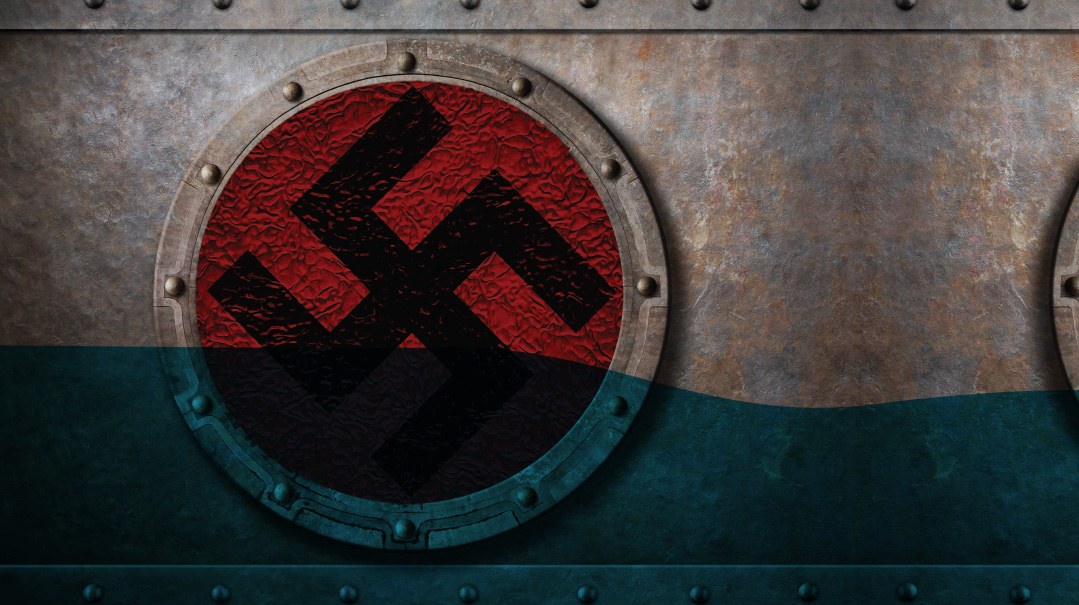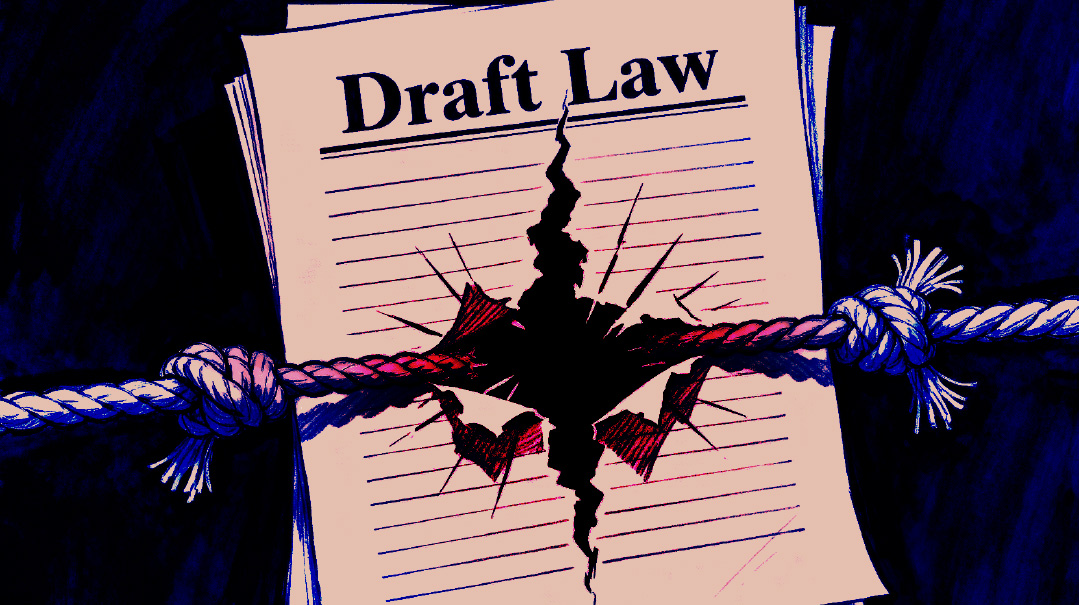Secrets of the Deep

Is that a Nazi U-Boat submerged off the coast of Argentina?

Photos: Abel Batsi
A
man tightens ropes on a ship belonging to the Argentine coast guard. It’s a sunny day and in the background, the Atlantic Ocean stretches into the distance, a blue vastness.
The camera records as the man dons a bulky diving helmet, part of a pressurized suit used in deep sea dives, and drops into the water. A powerful flashlight beam lances the gloom of the deep. Out of the darkness looms a rusty metal skeleton, clearly the remains of a boat.
Then out of the spindly wreckage, emerges a long structure — a submarine’s periscope. While the oceans are littered with the ghostly wreckage of once-proud ships, this is something else. What would an old submarine be doing in the waters off the shores of Buenos Aires?
The grainy footage of the dive that aired recently in Argentina drew widespread interest, but there was one man who wasn’t surprised by the finding.
Journalist and researcher Abel Basti, the man in charge of the underwater expedition, is convinced that the mysterious craft is none other than a German U-boat. He’s spent decades building the case that the dirty secret of cooperation between South America’s right-wing regimes and the Nazis is dirtier than suspected. The evidence, he claims, suggests that the war criminals such as Eichmann and Mengele who found refuge in Latin America were not simply isolated cases, but part of a massive operation to aid fleeing Nazis.
Such an operation — including the landing of a U-boat — would have required the collaboration of the South American governments of the day and possibly even the approval of the United States, which until this day considers the region of its southern neighbors as its own backyard.
Straying into far murkier waters, Basti contends that the evidence points to something darker still: that Adolf Hitler himself arrived off the Argentine coast in one of these submarines.
While experts fiercely reject that conclusion, and the identification of the hulk as a U-boat isn’t conclusive so far, there’s no doubt of one thing: Abel Basti’s long campaign to highlight the secrets of the deep is politically sensitive.
Even today, the Argentinean government refuses to unseal the records on the country’s wartime past and for good reason: These facts have always been a thorn in the side of the Peronist party — which currently governs Argentina with a leftist bias — as they are new proof of the well-known pro-fascist origins of the legendary leader Juan Perón.
Oops! We could not locate your form.







